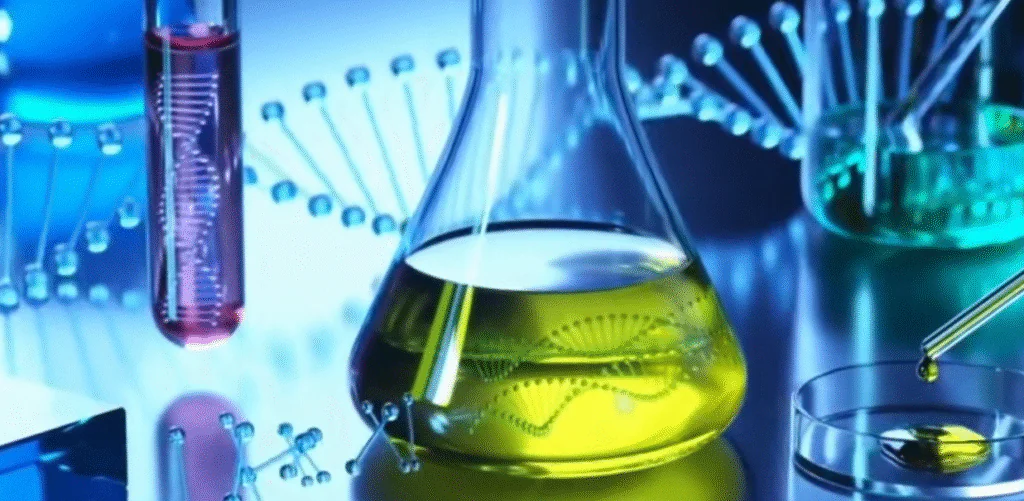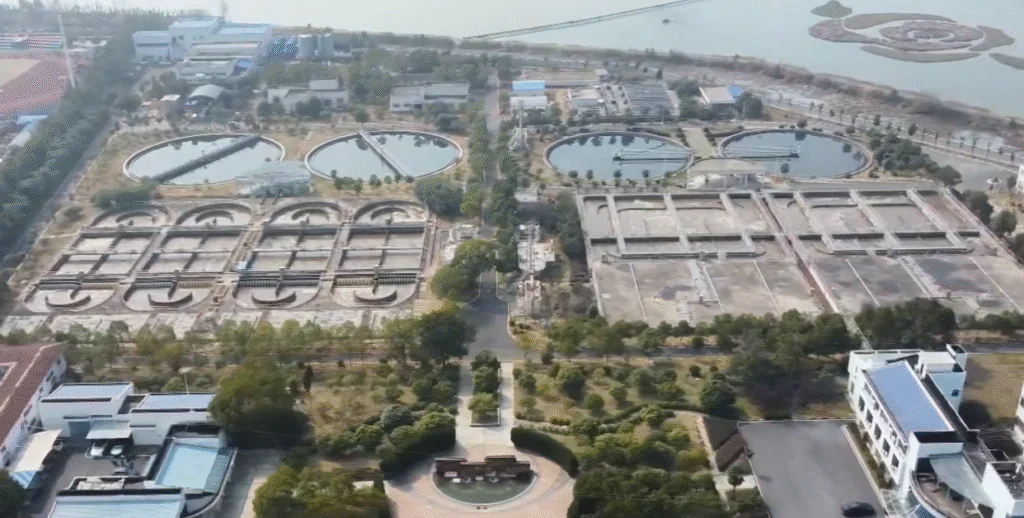In wastewater treatment, removing total phosphorus (TP) is very important. Too much phosphorus can cause water pollution and algae growth. To fix this, we usually use two ways: biological phosphorus removal and chemical phosphorus removal. Sometimes we also use advanced oxidation for special cases.
This article will help you understand how these methods work and how to use them better.

Biological Phosphorus Removal: How Bacteria Help
Biological phosphorus removal uses special bacteria called PAOs (polyphosphate-accumulating organisms). These bacteria can take in phosphorus from the water under the right conditions.
How it works:
- Anaerobic stage (no oxygen): Polyphosphate accumulating bacteria decompose polyphosphate in cells, release phosphate into water, and absorb organic matter to synthesize PHA (polyhydroxyalkanoates) or PHB (poly – β – hydroxybutyric acid) as energy storage substances
- Aerobic stage (with oxygen): Polyphosphate accumulating bacteria obtain energy by oxidizing PHA, and then excessively absorb phosphorus from water, and re synthesize polyphosphate to store in cells;
- Removal: The phosphorus is taken out of the system by discharging the sludge (waste bacteria with phosphorus inside).
Precautions:
- Keep oxygen very low in the anaerobic tank (< 0.2 mg/L).
- Control the pH between 6.5 and 8.0.
- The external reflux ratio should not be too high to avoid carrying dissolved oxygen or nitrate and damaging the anaerobic environment
- Ensuring sufficient organic carbon sources and appropriate sludge age is a prerequisite for ensuring the stable operation of biological phosphorus removal

Chemical Phosphorus Removal: Fast and Effective
Chemical removal uses aluminum or iron salts to react with phosphate in the water. This makes a solid that can be removed easily.
Common chemicals:
- Aluminum-based: PAC (polyaluminum chloride), aluminum sulfate.
- Iron-based: PFS (polyferric sulfate), ferric chloride, ferrous sulfate.
Where to use:
- Pre treatment stage: Assist in flocculation and phosphorus removal to reduce the load in the later stage
- At the end (before discharge): Add phosphorus removal agent to the secondary sedimentation tank or outlet to ensure compliance with discharge standards.
Hard-to-Remove Phosphorus? Try Advanced Oxidation
Some phosphorus types are hard to remove, such as organic phosphorus or phosphonates. Bacteria cannot use them directly.
We can use advanced oxidation to break them down into simple phosphate:
- Ozone
- Hydrogen peroxide (H₂O₂)
- Fenton reaction (H₂O₂ + iron)
After this, normal biological or chemical methods can remove the phosphorus.

Best Practice: Combine Biological and Chemical Methods
In real projects, we often use both methods together:
- Pretreatment: Add PAC or PFS with PAM to remove some phosphorus early.
- Anaerobic stage: Let PAOs release phosphorus (no oxygen, enough carbon).
- Aerobic stage: Make sure oxygen is 2–3 mg/L for PAOs to absorb phosphorus.
- Sludge discharge: Remove phosphorus-rich sludge on time.
- Final polishing: Add chemicals if needed to keep TP low.
Key Operation Tips
| Control Point | Recommended Value |
| DO (anaerobic) | < 0.2 mg/L |
| pH | 6.5–8.0 |
| Return ratio | Not too high |
| Carbon source | Enough for bacteria |
| DO (aerobic) | 2–3 mg/L |
| Sludge discharge | Regular and on time |
Conclusion: Use Multi-Step Phosphorus Removal for Best Results
Total phosphorus can exist in many forms. One method is often not enough. The best way is to combine biological, chemical, and oxidation methods. This gives better treatment, lower phosphorus, and safer discharge to the environment.
